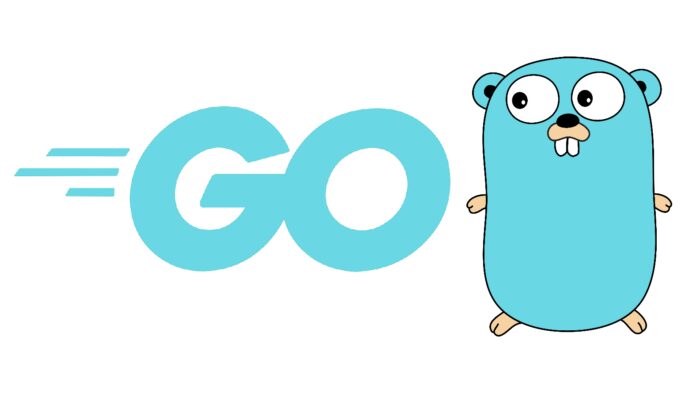
Table of Contents
Developers have been working to create the most efficient web scraping tools over the past decade, and this has seen the widespread application of new and improved programming languages.
While tools built with the older, more popular programming language have broad applications, they also focus on scraping the entire website rather than being specific. Here is an in-depth guide to coding by Pythonguides.com.
New languages like Golang are now being used to develop tools that are not just simple to use but can also be used to scrape specific content from specific websites.
And since the introduction of Golang and the Golang web scraper, the data extraction space has continued to grow at an impressive rate.
In this guide, we will look at what Go or Golang is, its functions and peculiarities, and what the future holds for this modern programming language.
What Is Go?
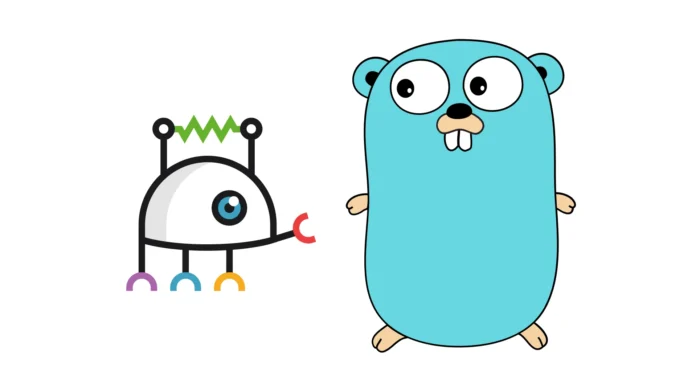
There was a time when the only common languages available to developers were Python, JavaScript, and C++. While these languages offered several benefits, they also contained inherent problems that made them difficult to work with. Go was originally designed for networking and infrastructure programs. It was designed to be a replacement for popular high-performance server-side languages such as Java and C++.
Go, also commonly known as Golang, was developed to take the best parts of all the common languages listed above and create a more stable programming language.
The entire Go specification can be read and digested in an afternoon, according to a popular Go saying. Many developers who have dabbled in Go agree that it is simple to learn in comparison to other languages.
To this end, it borrows run-time efficiency from C, readability from Python, and usability from JavaScript to create a language with several benefits, as we will see shortly.
Features and Functionalities of Go
Because of how well-positioned Golang is, it has several features and benefits, as listed below:
1. Shorter Learning Curve

While this language is still relatively new and has not developed so much on the part of a learning curve, it has one of the shortest learning curves compared with other languages.
The documentation is easy to read and comprehend, and with less than 30 keywords, anyone can learn Golang in a very short time.
The language also does not use frills syntax, and some developers have claimed to have understood how to use it after studying it for one evening.
2. Simplicity
Golang also triumphs in simplicity, with its major aspects being easily basic. It has forward compatibility that is less dependent on other features making it very simple.
The test libraries, templates, and synchronization primitives are also simple, yet updates do not result in broken codes.
3. Better Speed

Golang offers a better speed than the popular Python, especially because it is a compiled language rather than an interpreted language.
The compiling makes it faster with more efficient codes, and the static types and effective garbage collectors give it a better speed than even Java.
4. Growing Support
Golang is one of the newest languages, but the support behind it is massive. The language is supported on popular operating systems such as Windows, Linux, and Mac.
It also has several integrated development environments (IDEs) with amazing editors.
5. Growing Pool Of Tools
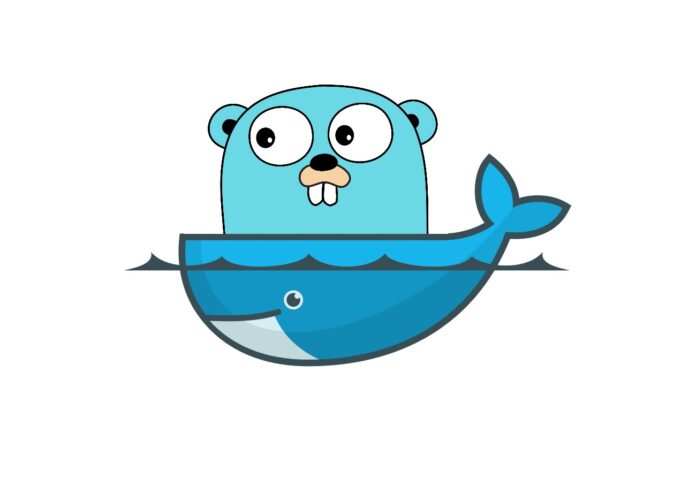
With Golang, it is also becoming difficult to run out of tools to work with. There are several modifications and tools that users can fork from repositories on GitHub through simple and easy-to-use plugins.
Tools like Gotests and Revive are now commonly used to generate table-driven tests via core logic and extend frameworks to build custom rules, respectively.
The Perspective of Go In The Future
The many features make it suitable to become a powerful tool in the future. Golang offers concurrency that permits functions and methods to work along with other functions and methods.
And in the future, Go will be applied in so many ways, including the following:
1. Replacing Existing Infrastructures
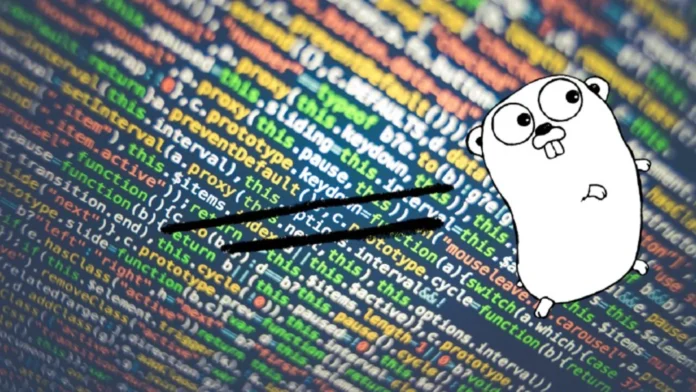
Go is currently being used to rewrite many existing infrastructures to improve them. This will help to rework systems that might otherwise become obsolete.
For instance, an internet protocol for clock synchronization between different networks is built heavily on Golang.
2. Cloud Computing
Golang’s popular features, such as concurrency and portability, make it a great option for developing cloud-based platforms.
The language which allows for easy networking between platforms makes it highly suitable for building more of these tools in the nearest future.
Currently, platforms such as Kubernetes and Google Cloud are built on Go which gives them better performance and improved scalability.
3. Media Platforms and On-Demand Services Technologies
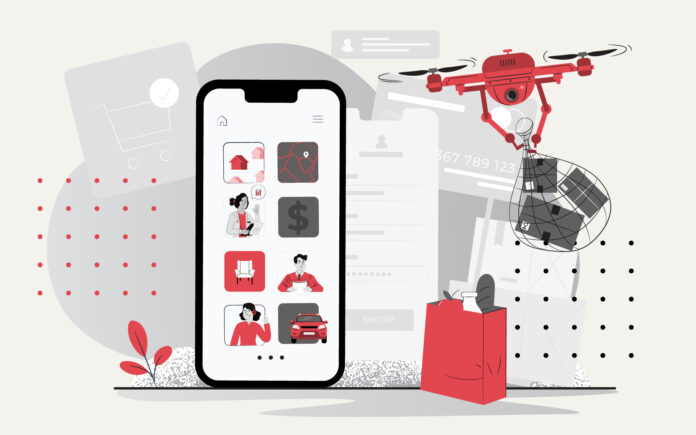
But Go will not only be restricted to building cloud services or improving existing structures; it will also see a wider application in the media and on-demand technologies.
As streaming demands increase, the need to process data faster and more efficiently. Platforms such as YouTube, Netflix, and SoundCloud depend on the fast data processing of Golang to provide better services to their growing customers, and this application will only continue to grow and be used by similar platforms in the near future.
We also see businesses that wish to make life easier for users take advantage of the many features of Go. For instance, Uber uses Golang to improve the efficiency of its cab-hailing services.
4. Improving News Outlets
According to Oxylabs.io Even the news outlets are not left out in areas that Golang will touch on in the near future. Golang allows for multithreading, and this is capable of maximizing CPU usage. The British Broadcasting Corporation (BBC) uses Go at the backend of their website to make traffic run more efficiently with less downtime.
5. Go for cross-platform applications
Go and Qt is an excellent combination for writing cross-platform applications of native nature with sleek UI/UX designs. For example, Qt framework has special bindings for Go language. They allow for using Go to build cross-platform solutions and deploy them in various software and hardware platforms easily.
Qt is a mature framework that enables different languages to create cross-platform mobile, desktop, web, and embedded applications. If you need Qt software development, you can find more details about Qt services provided by Integra Sources company.
Conclusion
Tools that make life better and have wider supplication are becoming increasingly important. Programming languages also take the best of the older languages to create something profound.
Golang is one such language and offers the best of simplicity and concurrency. It can gather enormous amounts of data quickly and easily with the Golang web scraper.
















